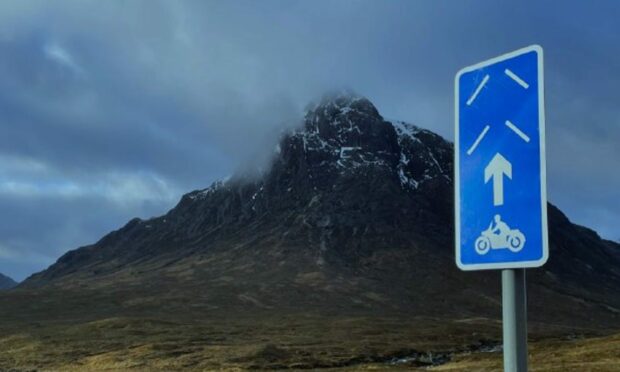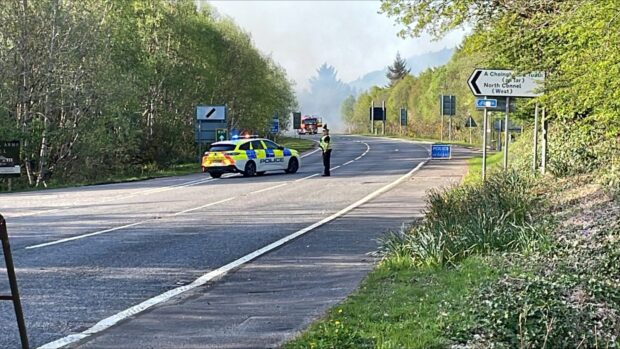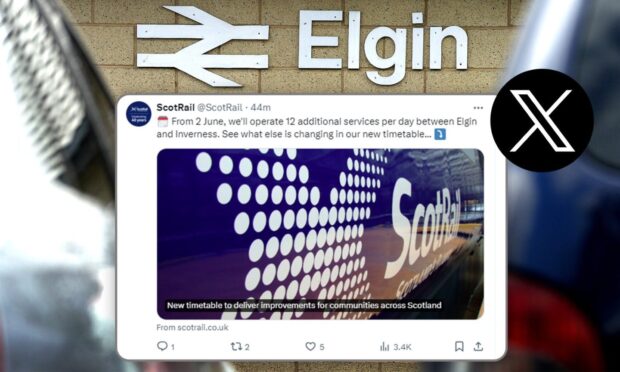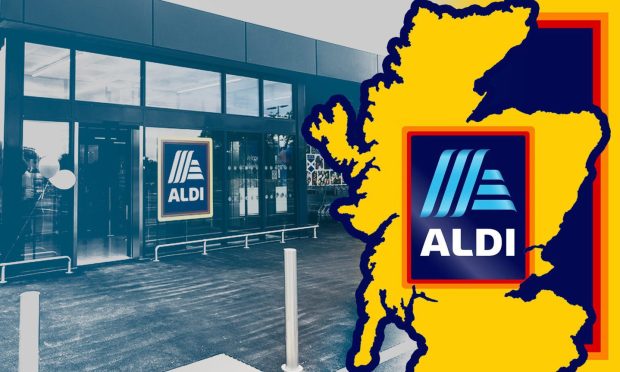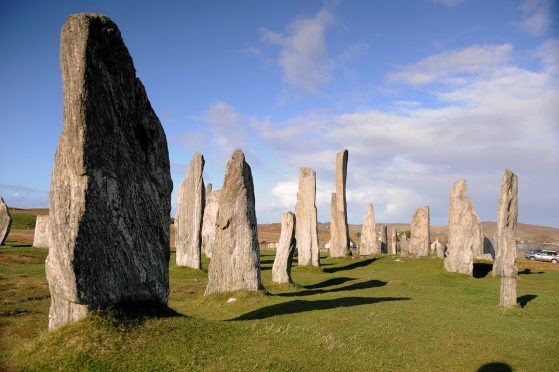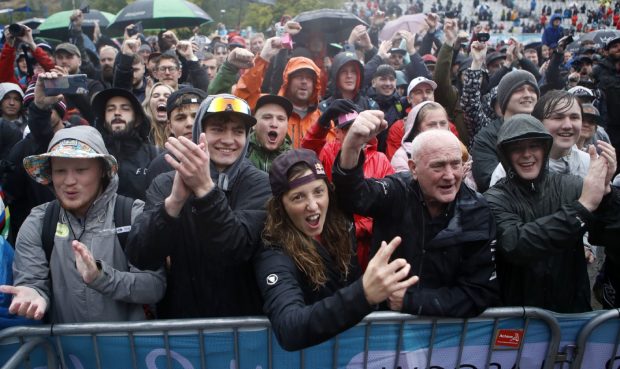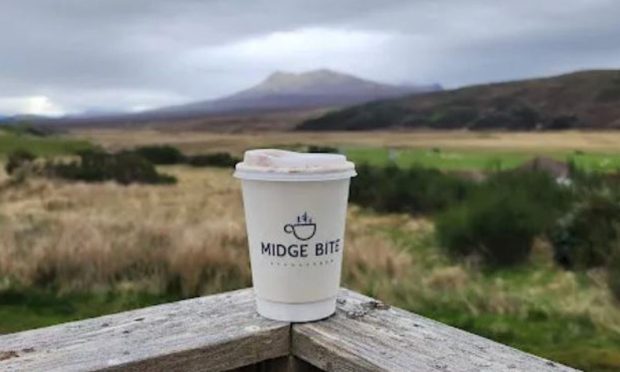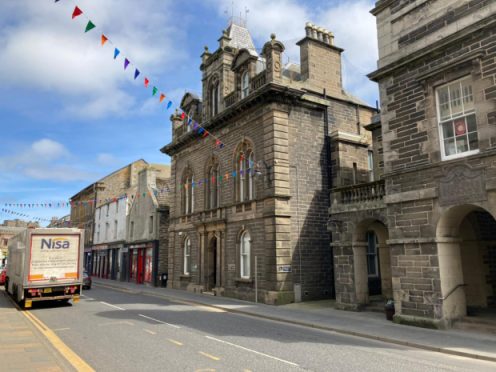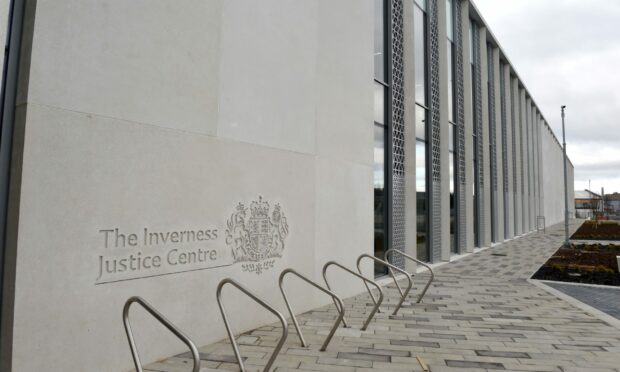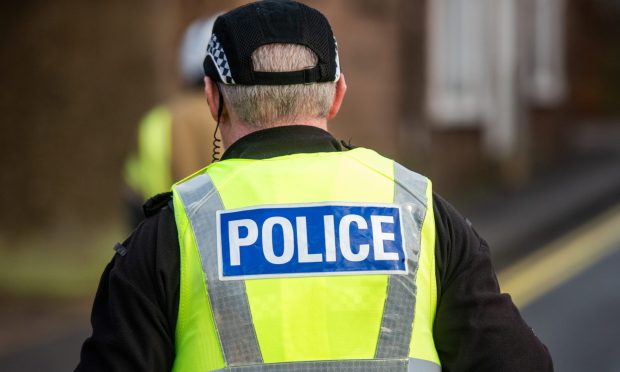New road markings are being trialled across the west Highlands to reduce accidents and improve safety for motorcyclists.
It follows what is believed to be the most in-depth investigation of rider behaviour anywhere in the world.
Research was carried out over a three-year period across 22 popular Highland routes for motorcyclists.
The trial follows recent figures that showed more riders had died on Scotland’s roads in the past year than in the previous three.
What are the road markings?
The markings are known as Perceptual Rider Information for Maximising Expertise and Enjoyment (Primes).
They are designed to help riders make better decisions when approaching bends.
Using a painted “gateway”, they prime riders to adapt their approach.
Professor Alex Stedmon, a globally recognised expert in rider behaviour and psychology, led the research.
He also produced peer-reviewed journal papers reporting the findings.
Bear Scotland provided its expertise by offering engineering solutions to deliver the test sites, markings and signage across Scotland.
Professor Stedmon said: “It’s been a great opportunity to use applied psychology principles in the real world to support behaviour change for a specific group of vulnerable road users.
“Between 2020 and 2022 I spent many weekends up in the Highlands collecting data and interviewing riders.
“Having analysed the data in depth it is great to see that Primes influence rider behaviour in such positive ways.
“As a keen motorcyclist myself, I know how important it is to approach demanding bends safely and Primes help riders adjust their speed, position and braking.”
Has it been a success?
The trial sites covered an area of around 750 square miles.
Video footage of more than 32,000 motorcycles using the markings was manually assessed.
The results showed that after the Prime road markings were installed there was a:
- a significant reduction in speed
- a significant improvement in road position on both the approach and apex of the bend
- a significant improvement in braking behaviour
The approach was enabled by £215,000 of researching funding from the Road Safety Trust.
Transport Scotland managed the project.
Scottish transport minister Fiona Hyslop said: “The evidence on the impact of Project Prime is astounding.
“This is a real triumph for road safety, demonstrating what happens when latest academic theory is supported by real world application – all made possible thanks to Scottish engineering and a strong partnership approach.
“We wanted to pursue this trial because our strong belief is that one death on our roads is one too many.”
Motorcyclists are disproportionately involved in road accidents – they make up only 1% of road users in Scotland yet account for around 17% of all road deaths.
Last year 465 riders were hurt in crashes, with 60% injured seriously and 27 losing their lives between 2022 and 2023.
